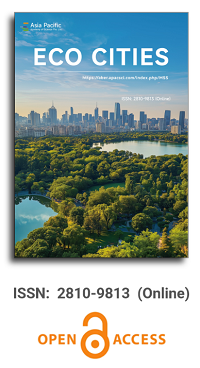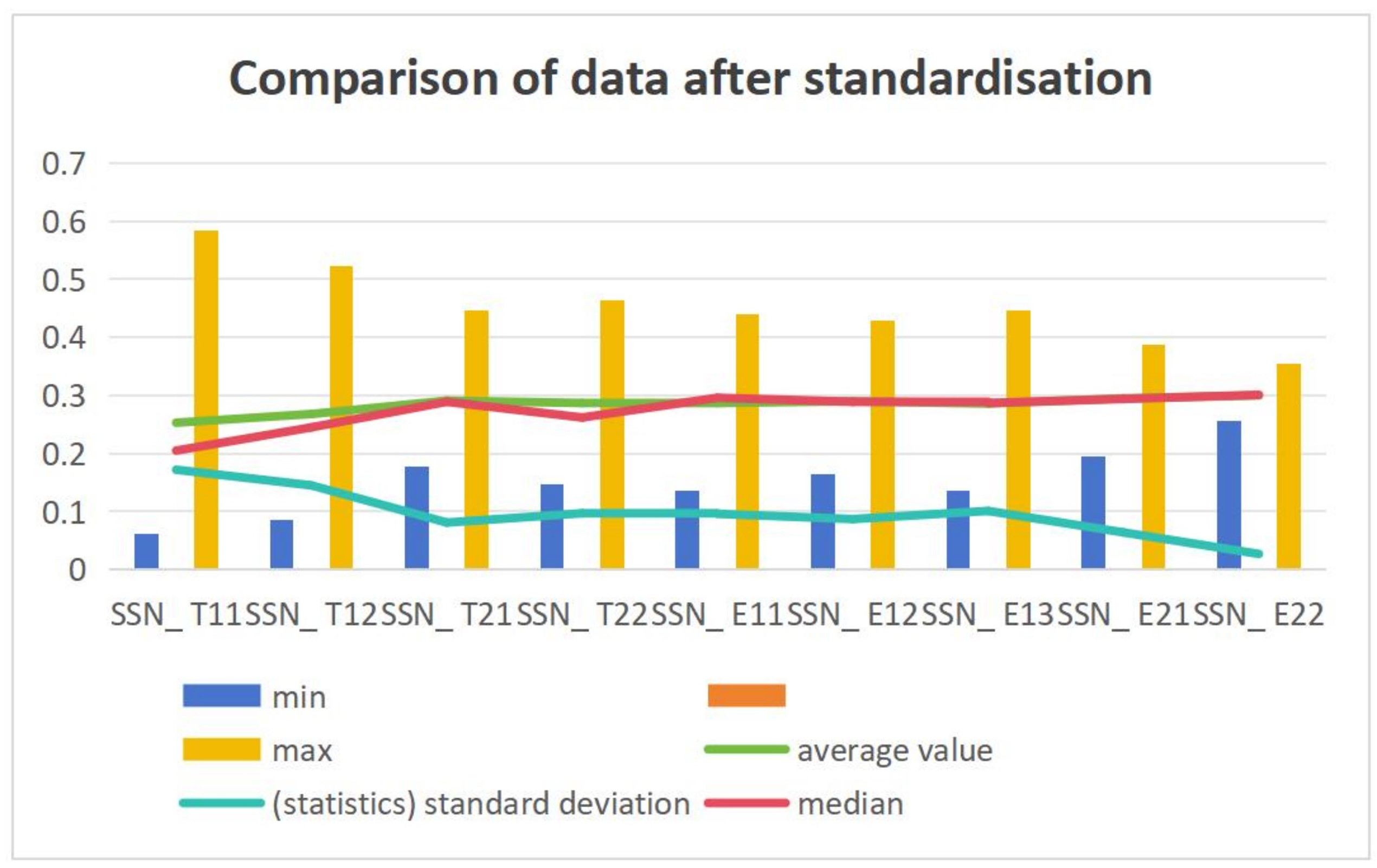


Global homogenization of the structure and function in the soil microbiome of urban greenspaces The structure and function of the soil microbiome of urban greenspaces remain largely undetermined. The researchers conducted a global field survey in 112 sites across 56 cities from 17 countries spanning six continents, and found that urban soils are important hotspots for soil bacterial, protist and functional gene diversity, but support highly homogenized microbial communities worldwide. Urban greenspaces had a greater proportion of fast-growing bacteria, algae, amoebae, and fungal pathogens, but a lower proportion of ectomycorrhizal fungi than natural ecosystems. These urban ecosystems also showed higher proportions of genes associated with human pathogens, greenhouse gas emissions, faster nutrient cycling, and more intense abiotic stress than natural environments. City affluence, management practices, and climate were fundamental drivers of urban soil communities. The researchers' analyses show that urban greenspaces harbor soil microbiomes that are distinct from adjacent natural ecosystems. Urban greenspaces harbored communities of soil protists and bacteria that were, on average, 12 and 17%, respectively, more diverse than the adjacent natural ecosystems, with no significant differences in the richness of fungi and archaea. However, the researchers' analyses also revealed that, at the global scale, urban greenspaces tended to host more homogeneous microbial communities across cities than those found across natural ecosystems. Figure 1. The diversity and structure of the soil microbiome in urban greenspaces across the globe. Source from: |

Chinese Academy of Sciences, China
Indexing & Archiving
Asia Pacific Academy of Science Pte. Ltd. (APACSCI) specializes in international journal publishing. APACSCI adopts the open access publishing model and provides an important communication bridge for academic groups whose interest fields include engineering, technology, medicine, computer, mathematics, agriculture and forestry, and environment.




.jpg)

.jpg)



